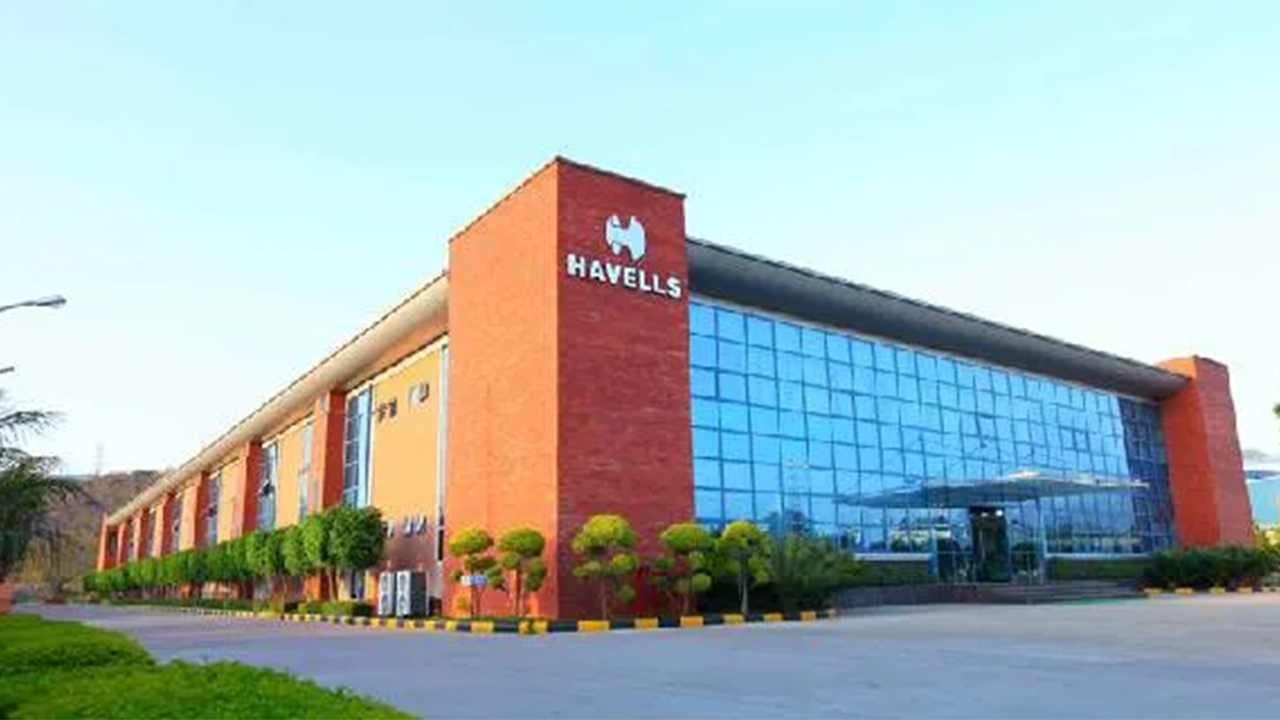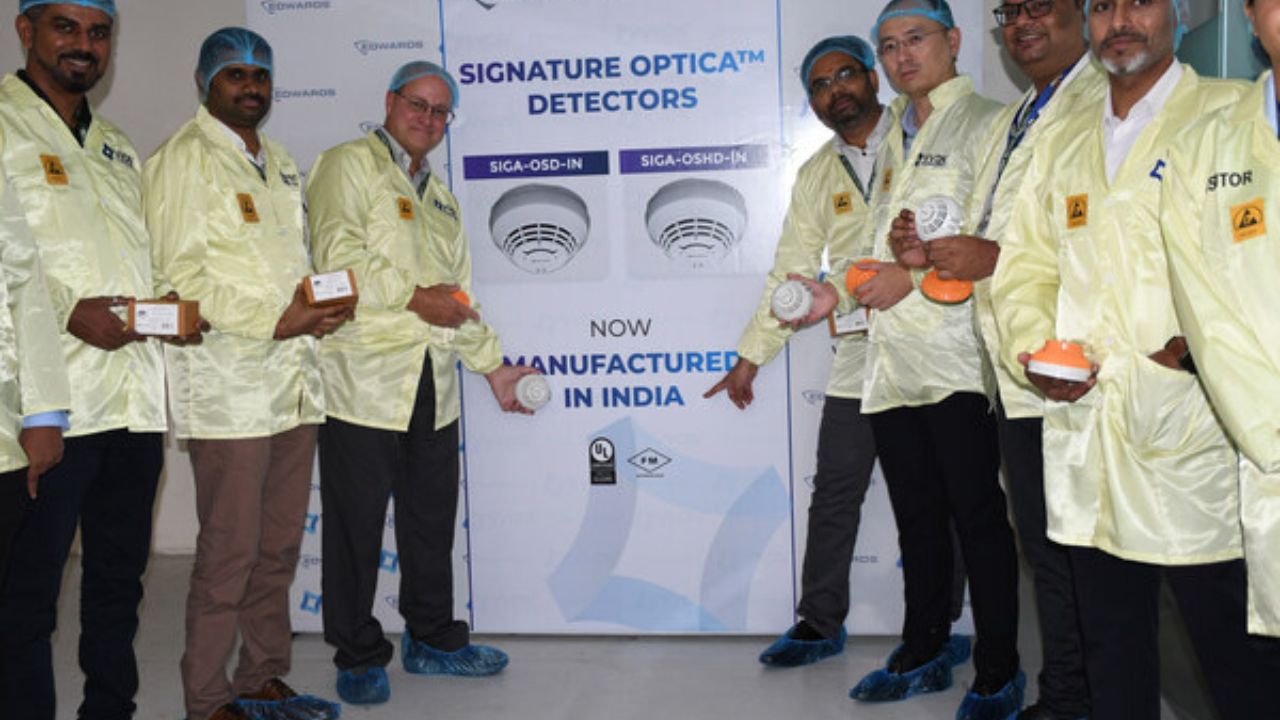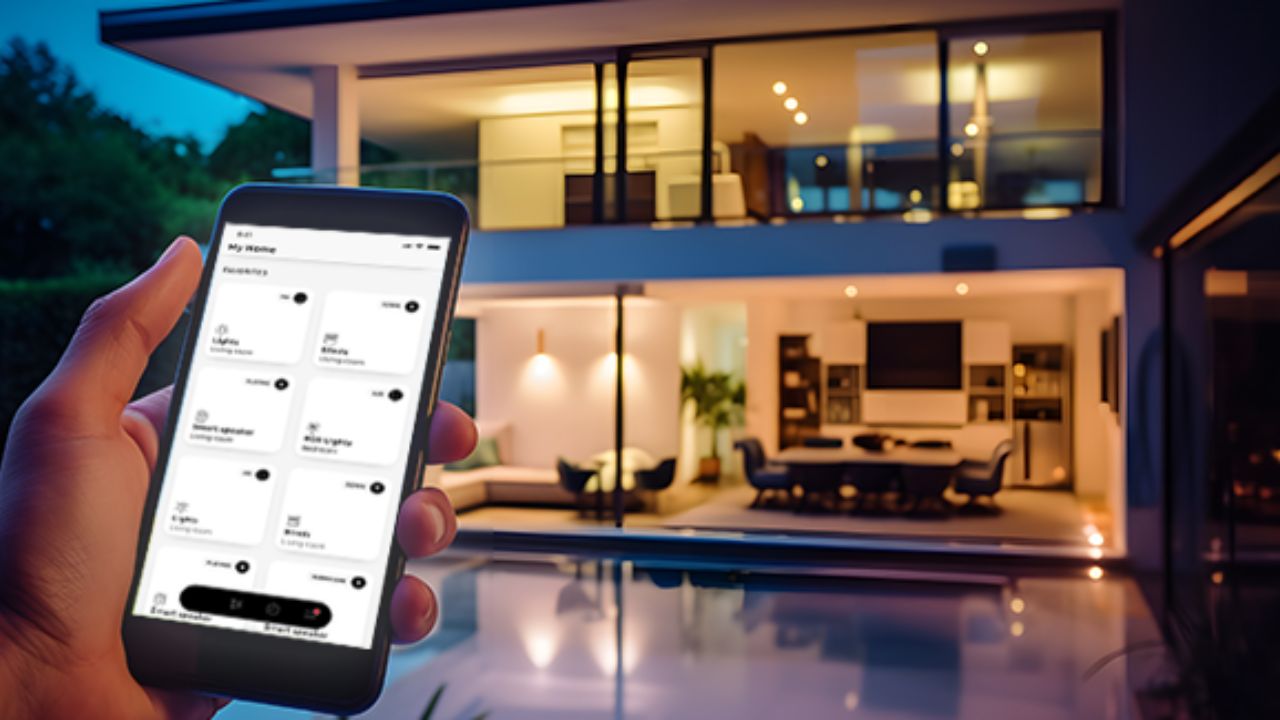Ensuring Maximum Customer Satisfaction
#VirtuosoOptoelectronics #VOEPL #ElectronicsManufacturing #SukritBharati #WhiteGoodsManufacturingThe increasing aspirations of younger generations in the country, coupled with the global issue of climate change, have contributed to the growth of the white goods industry. Our ultimate goal is to provide maximum customer satisfaction and a positive purchase experience.
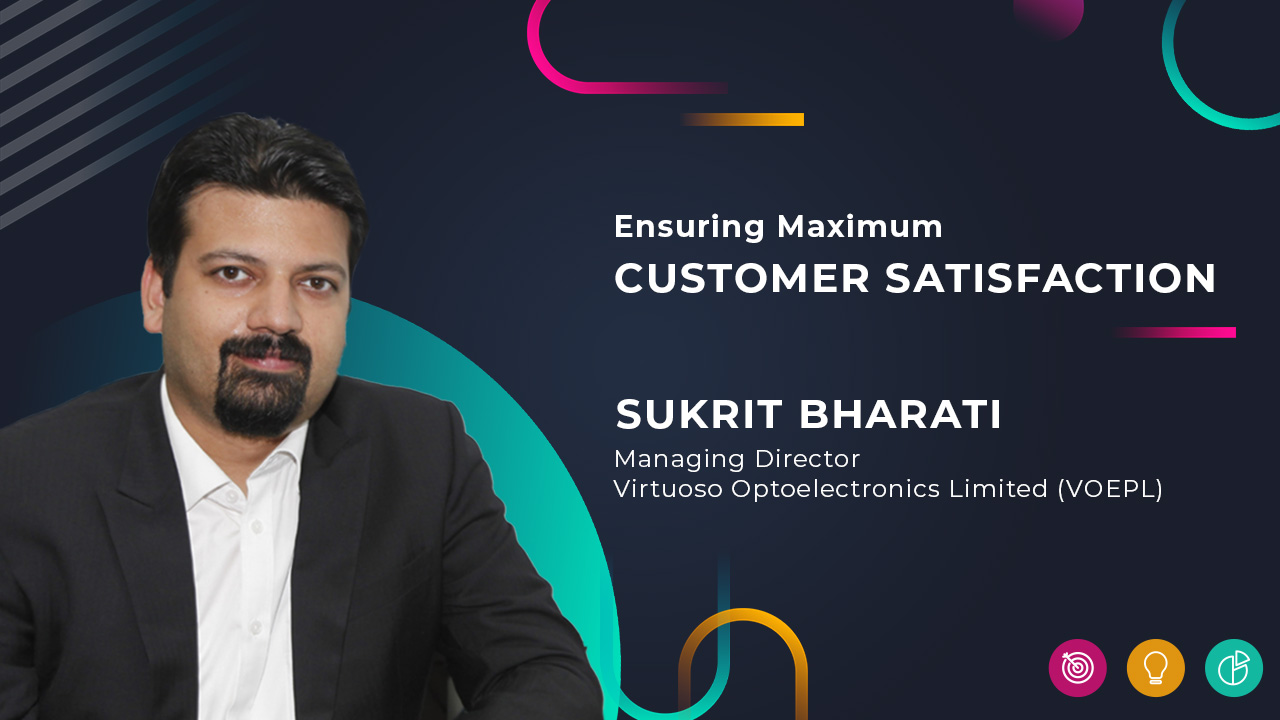
January 2023: It is important to localize the supply chain, backward integrate and do cost innovations to be competitive in the market, says Sukrit Bharati, Managing Director, Virtuoso Optoelectronics Limited (VOEPL), in this exclusive interaction with Niranjan Mudholkar, Editorial Director, Pro MFG Media
Please give us an overview of the business of Virtuoso Optoelectronics Limited (VOEPL).
Virtuoso Optoelectronics Limited (VOEPL) was incorporated as a private company in September 2015 and was subsequently converted to a public company in March 2021. The company got listed in BSE SME in September 2022.
VOEPL started commercial production of EMS (Electronics manufacturing services) and LED Lighting products. We further expanded our range to add white goods manufacturing to our portfolio with the primary product segment being Air Conditioners.
VOEPL manufactures consumer durable products and provides end-to-end product solutions. It serves under both original equipment manufacturers (OEMs) and original design manufacturers (ODMs) business models. The current product portfolio of consumer goods includes (i) Indoor units for split ACs (ii) Outdoor units for ACs (iii) LED Lighting products (iv) EMS. The company’s comprehensive solution suite includes global sourcing, fabrication of components and parts, captive manufacturing and assembly, quality testing, packaging and logistics support, which enables us to partner with leading consumer goods brands in India.
What are some of the key challenges faced by the white goods manufacturing industry in India and how is VOEPL dealing with the same?
The major challenge faced by the industry is to meet the aggressive price expectation of the customer as we as a nation expect a maximum return for our investment. So, it is important to localize the supply chain, backward integrate and do cost innovations to be competitive in the market. At VOEPL, we are focusing on backward integrations by adding resources in-house and building strong relations with our partners to meet our customer demands on time.
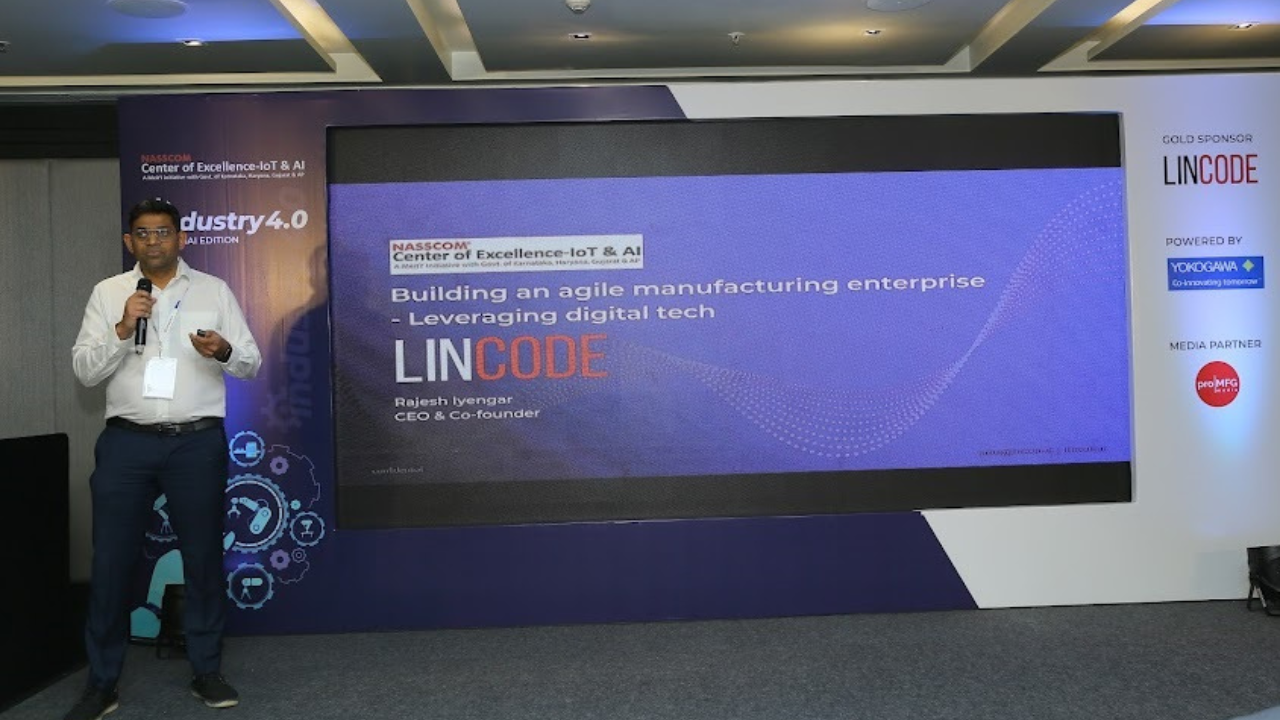
Caption: VOEPL is focusing on backward integrations by adding resources in-house
It is predicted that the white goods industry will cross US$ 21 billion by 2025 expanding at a CAGR of 11 percent. What factors will drive this growth and how is VOEPL planning to leverage this market potential?
The increasing aspirations of younger generations in the country, coupled with the global issue of climate change, have contributed to the growth of the white goods industry. In urban areas, the prevalence of tall buildings with limited ventilation has made air conditioners a necessity rather than a luxury. At VOEPL, we are committed to delivering our products on time and ensuring their quality and quantity meets our customers’ expectations. Our ultimate goal is to provide maximum customer satisfaction and a positive purchase experience.
VOEPL is one of the 15 companies chosen for the PLI scheme in this industry. How is this scheme benefiting the industry as well as players like VOEPL?
The industries in which the company operates are expected to benefit from regulatory support such as production-linked incentive schemes (PLIs). Our applications for PLIs for the white goods (air conditioners and LEDs) were approved on November 12, 2021, and VOEPL has already completed its committed share of investment planned for PLI investments to be done in FY 21-22 & 22-23.
PLI schemes are a foundation of the ‘Make in India’ campaign which will reduce India’s dependence on exports and make our country a global manufacturing hub. PLI schemes are helping manufacturing companies to generate employment and enhance manufacturing capabilities.
Tell us about VOEPL’s overall manufacturing footprint at present in terms of number of facilities, total capacity and capabilities in terms of manufacturing different products.
VOEPL has multiple manufacturing locations, including three active units and the fourth unit is under commissioning around Nashik. Its core manufacturing capabilities include electronic manufacturing services, injection moulding, heat exchanger manufacturing, coating, metal sheets, controller boards, cross-flow fans, wire harnessing for ACs, etc.
We make AC indoor and outdoor units and have a manufacturing capacity of 6,00,000 units per year and 2,50,000 units per year, respectively. We also make 30 million units of lamps per year.
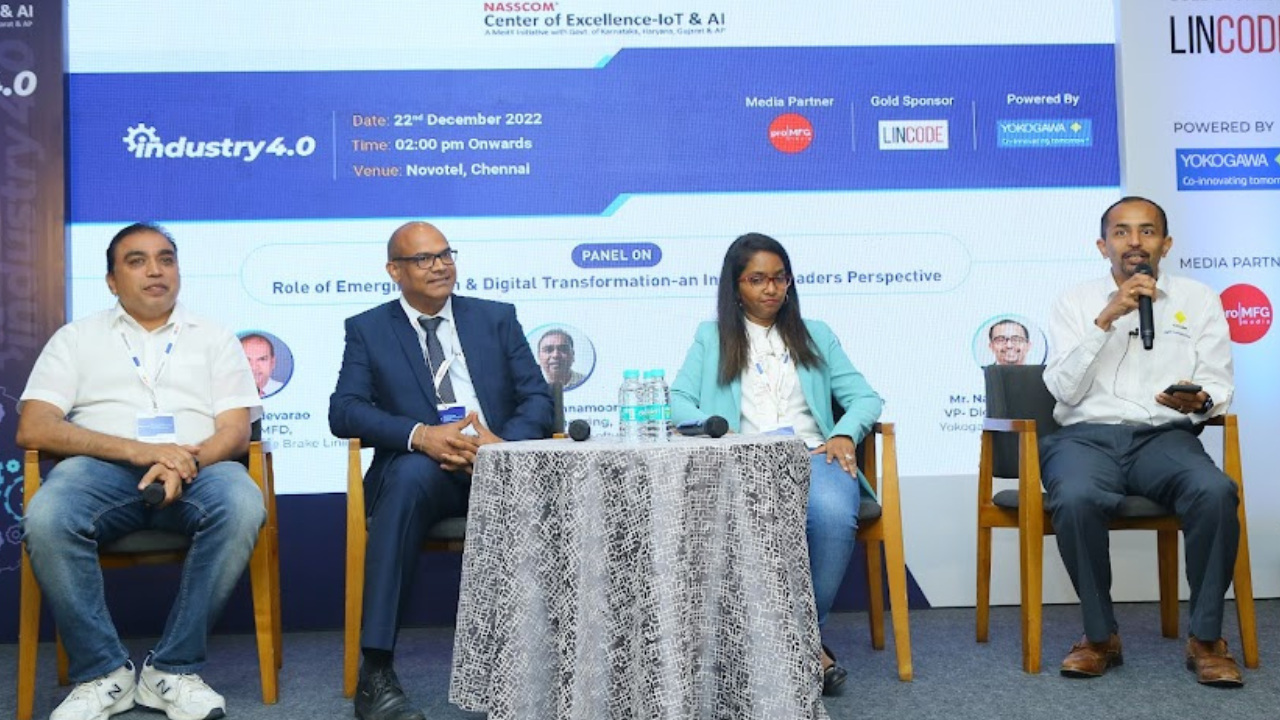
Caption: VOEPL has multiple manufacturing locations, including three active units and the fourth unit is under commissioning around Nashik.
Quality is one of the key differentiators for manufacturing organizations. Tell us how VOEPL is leveraging the power of quality to stay competitive in the market?
Quality in manufacturing is dependent on three major factors: Design, Raw Materials Used & Process. Each of the factors requires meticulous planning and consistent improvement actions. Being an OEM/ODM we at VOEPL take all three factors very seriously and try to ensure that every product that we ship out delights our consumers which will help us satisfy the expectation of our customers.
At present, what is the annual turnover of VOEPL and what kind of growth targets have you set for the next two years?
Our revenue for FY 21-22 was Rs. 200 crore and we are expecting a Y-o-Y growth of 45 percent to 55 percent in FY 22-23. For the next year, we are looking at further strengthening our backward integration and production capacities to maintain or better our CAGR of the past three years. We are also planning to add more white goods products and develop infrastructure in the first-second quarter of FY 23-24.
NEWSLETTER
TRENDING ON PRO MFG
MORE FROM THE SECTION




